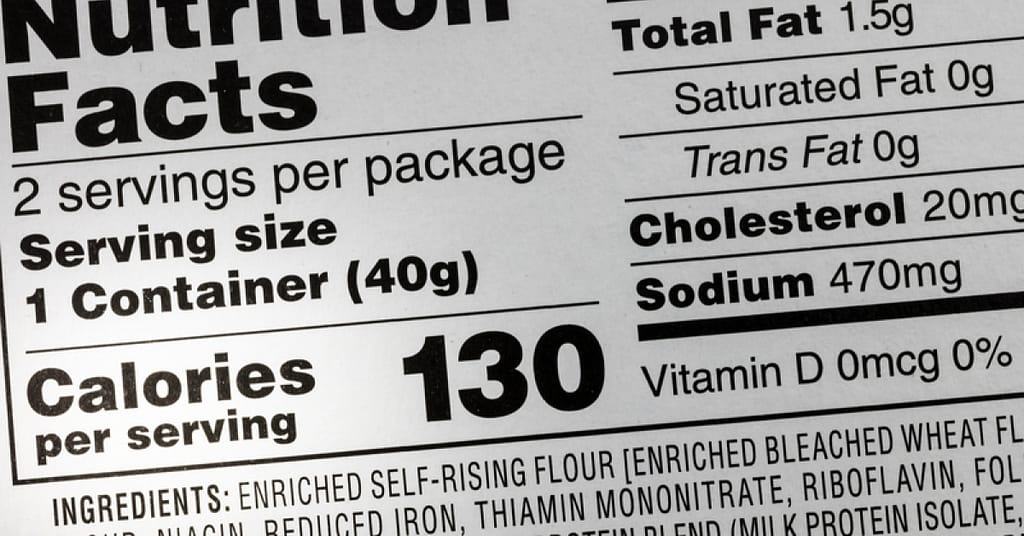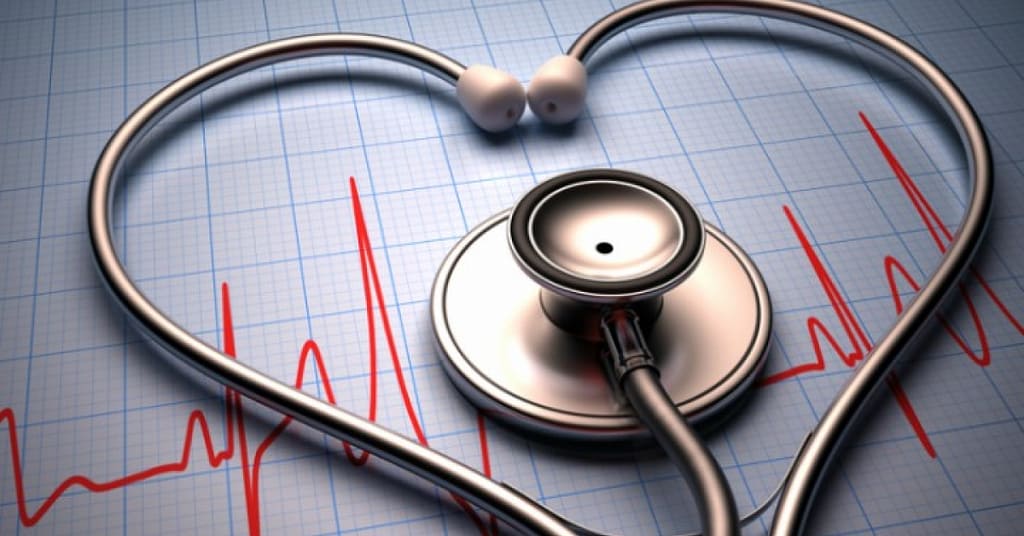(Carrick Pharmacy News) We see nutrition labels every day on nearly everything we eat. But what good are they if we don’t understand what we’re actually eating?
Here are some ways to decode the label and some of the ingredients we often see.
Let’s start at the beginning.
1) Serving Size
This is found at the top of the label. People often overlook or don’t understand a food’s serving size. It’s important to pay attention to portion size to make sure you’re not eating too much (which could lead to weight gain) or too little (not getting the full nutritional value).
You may think you are only eating a certain number of calories, but you have to take the serving size into account because the serving size may actually be small. For example, a bag of potato chips may be 160 calories per serving. At first glance, you may think it is 160 calories for the entire bag. In reality, a serving size is 15 chips and there are 15 servings per container. That means the whole bag would be 2,400 calories (160 calories multiplied by 15 servings).
2) Calories
People who are dieting often think calories are the enemy, but calories serve a big purpose. They give us energy to move and live.
Using the serving sizes makes it easier to track your daily calorie intake. While you may have heard that a diet should include 2,000 calories daily, this number is an average of the needs for many different body types. Age, gender and how active you are all play a role in how many calories your body needs on a daily basis. Ask a doctor or a registered dietitian if you are looking for a specific number.
3) Nutrients
A big portion of the the nutrition label is filled with long, bolded names, numbers and percentages. But what do they mean?
The left-hand column of the label lists the total amount of nutrients for each serving. These include total fat, saturated fat, trans fat, cholesterol and sodium.
Eating too much fat, saturated fat, trans fat, cholesterol, or sodium may increase your risk of certain conditions like heart disease or high blood pressure.
The nutrients are shown in grams (abbreviated by the letter “g”) or milligrams (abbreviated by the letters “mg”).
The nutrients listed toward the top are typically what you’ll want to limit your intake of. In other words, it is best to choose the foods that are low in calories, have a minimal amount of saturated fat, have zero trans fat, and are low in cholesterol and sodium.
In terms of trans fat, if the label says a food contains “0 g” of trans fat but includes “partially hydrogenated oil” in the ingredient list, the food actually contains some trans fat. However, it contains less than 0.5 grams per serving. But you may end up eating too much trans fat if you are not aware.
You will also want to get more fiber, vitamins A and C, calcium and iron, all of which are typically listed at the lower end of the label.
Now, let’s talk about carbohydrates. Focusing on the carbohydrate section is very important, especially if you use the carb-counting method to plan your meals. It is more important to pay attention to the total number of grams of carbohydrates than just the grams of sugar.
If a product is labeled “sugar-free,” it does not mean the product is automatically free of calories or carbohydrates, which are both important items to check for when reading a food label.
4) Percent Daily Values
The percent daily values are found on the right-hand side of nutrition facts labels. This is sometimes abbreviated as “%DV.”
The * after the “%Daily Value” refers to the footnote in the lower part of the nutrition label that indicates that the number is based on a 2,000-calorie-per-day diet. The DVs are recommended levels of intakes for the day based on public health experts’ advice.
Percent daily values are a quick point of reference for the nutrients you will get by eating one serving of that food.
Remember that your recommended daily values may be higher or lower, depending on your calorie needs.
As a rule of thumb: If a food product provides 20 percent or more of the daily value, it is considered to be high in that nutrient. If the daily value is below 5 percent, it is considered to be low in that nutrient.
Now that you are a pro at reading a food label, you can start selecting the best products for you and your family. If you have any questions, be sure to ask your health care provider.



